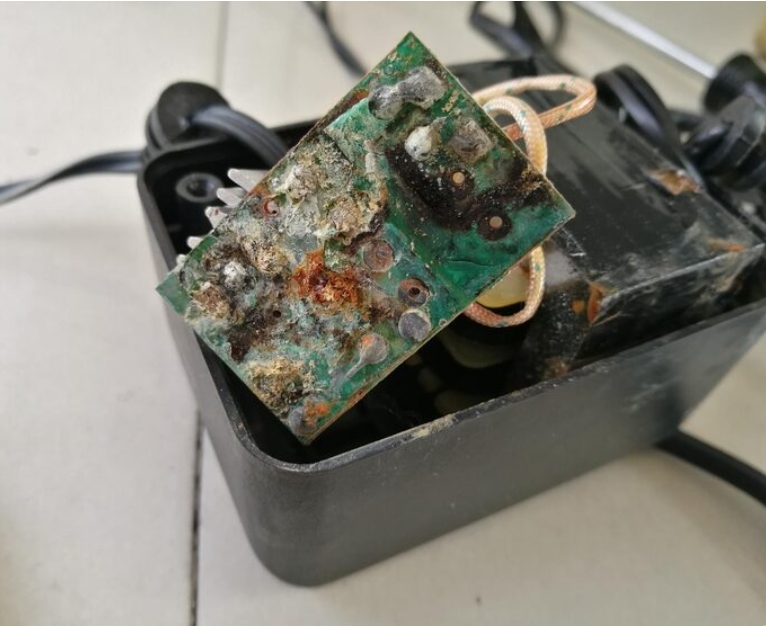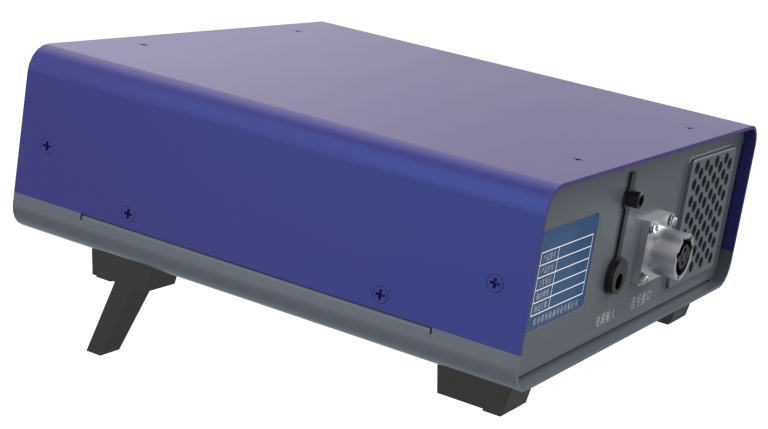Batteries play a vital role in our daily lives, but did you know that even normal voltage doesn’t guarantee a healthy battery? DC internal resistance (DCR) is a critical, often overlooked metric that directly impacts battery performance and lifespan. This article will uncover the secrets of this “invisible killer” and explain how to monitor and manage DCR using a portable battery pack impedance tester from Guheng Energy.

Normal voltage ≠ battery health? You may be overlooking a key metric
Why voltage alone isn’t enough to determine battery health
Many people believe that a battery displaying normal voltage is healthy. However, this misconception can lead to serious misjudgments. This is because voltage only reflects the instantaneous state and doesn’t reveal the true internal health.
The truth behind the “false health” phenomenon of batteries
“False health” refers to a situation where a battery appears healthy on the surface, but in reality, it has an underlying problem. This phenomenon is often associated with DCR, as increased DCR can lead to performance degradation without immediately affecting the voltage display.
What is DCR and what secrets does it hold?
Basic Concepts and Working Principles of DCR
DC internal resistance (DCR) refers to the resistance to DC current within a battery. It is a key indicator of battery performance and directly affects charge and discharge efficiency.
How does DCR quietly increase over time?
Over time, factors such as the accumulation of chemical reaction byproducts and material aging can cause DCR to gradually increase. This change is often subtle, but it slowly erodes the battery’s effective capacity.
Common Causes of Increased DCR
Common causes include over-discharge, long-term inactivity, and extreme temperatures. These factors accelerate internal material degradation, thereby increasing internal resistance.
The Chain Reaction of Increased Internal Resistance: From Heat to Capacity Fading
How Increased DCR Causes Battery Heating and Even Deformation
When internal resistance increases, energy loss during charge and discharge increases, leading to heat. If not addressed promptly, this can cause deformation or even damage.

The Root Cause of Battery Capacity Decrease and Battery Life
High internal resistance limits charge and discharge efficiency, reducing actual usable capacity and shortening battery life. This is also a major reason for the poor battery life of many devices.
Safety Hazards: Risks of Excessive DCR
Excessive DCR not only affects performance but can also pose safety risks such as overheating, leakage, and even explosion. Therefore, regular DCR testing is crucial.
Unveiling the Truth About Health: Portable Impedance Testers Reveal DCR
Why You Need a Portable Battery Pack Impedance Tester
To accurately assess and monitor DCR, a simple and effective method is required. Guheng Energy offers a series of portable testers, such as the Portable Impedance Tester RDT-12A, designed specifically for this purpose.

Simple testing operation, easy for even the most basic user
These devices are easy to use, even without a professional background. They feature a user-friendly interface and user-friendly instructions.
Gain real-time internal resistance data to prevent problems before they occur
With these testers, you can obtain real-time internal resistance data, allowing you to take preventative measures before problems occur. This proactive monitoring effectively extends device life and improves safety.
Saving your device starts with understanding DCR.
Suitable Scenarios and User Groups
These tools provide valuable data support for both individual users and enterprise applications. Accurate monitoring is particularly crucial in the new energy sector.
How to Choose the Right Portable Impedance Tester
Choosing the right tester requires considering both the application scenario and your budget. Guheng Energy offers a variety of models, each with its own unique advantages to meet diverse needs.
FAQ
Q: Why is the battery voltage normal, but the device’s battery life significantly reduced?
A: Voltage only reflects the battery’s instantaneous state and cannot fully reflect its internal health. Shortened battery life is likely due to an increase in the DC internal resistance (DCR), which reduces charge and discharge efficiency and actual usable capacity. A portable impedance tester can accurately measure the DCR value and reveal the battery’s true health.
Q: What daily behaviors can accelerate the increase in battery internal resistance (DCR)?
A: Overcharging and discharging, long periods of unused storage without maintenance, and frequent use or storage in extremely hot or cold environments can accelerate the aging of battery materials and the accumulation of chemical reaction byproducts, leading to a subtle increase in the DCR value, a “hidden killer” for batteries.
Q: What specific risks does an excessively high DC internal resistance (DCR) bring?
A: Excessively high DCR not only causes severe battery overheating, capacity fade, and reduced battery life, but also poses a safety hazard. During high-rate charge and discharge, excessive internal resistance can cause dangerous conditions such as overheating, bulging, and even leakage or thermal runaway. Prompt detection is crucial.
Q: Are Guheng Energy’s portable impedance testers difficult to operate?
A: Very easy. Our testers (such as the RDT-12A) are designed with a user-friendly interface and clear guidance, making it easy for even the most basic user to quickly complete a battery internal resistance test and understand the battery’s health status without requiring specialized knowledge.
Q: How should we choose the right battery impedance tester for our energy storage power station?
A: Guheng Energy offers a variety of products to meet different needs. Your selection should primarily consider your specific use case and budget. For energy storage power stations, we recommend choosing a professional model with more comprehensive features and higher accuracy. This is more suitable for batch testing at new energy vehicle manufacturers, battery repair shops, or large-scale energy storage power stations.




